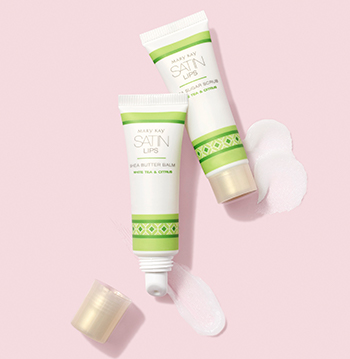0in your Bag
X
0in your Bag
X
Whether you’re new to skin care or have a well-thought-out regimen, you’ve probably heard a lot of myths and misconceptions about face and body exfoliation that may cause more harm than good. That’s why Dr. Tiffany Carle, Associate Principal Scientist. Skin & Clinical Research, is answering the most common questions about exfoliation, so you can exfoliate your skin the right way!

EXFOLIATION FOR EVERYONE
![]()
SKIN CARE TIP: ORDER OF APPLICATION
![]()
Dr. Carle recommends doing your skin care routine in this order.
1. Cleanser: Wash your face with cleanser, and check the directions for your exfoliator to see if you should have wet skin or dry skin for your next step.
2. Exfoliant: Complete this step two to three times per week, and use gentle, circular motions for physical exfoliants. By doing this step right after using cleanser, you ensure that impurities are not scrubbed into the skin.
3. Toner
4. Mask
5. Serum: Applying serums after exfoliation can be helpful because you skin may absorb the serums more readily.
6. Moisturizer: Moisturizing after exfoliating may help soothe the skin.
7. SPF: In general, it is best to exfoliate at night so the skin is not exposed to any new irritants while it repairs, but if you exfoliate during the daytime, make sure you wear SPF.



Exfoliation for Beginners & Beyond
![]()
If you want personalized tips and product recommendations for exfoliating your skin, contact or connect with a Mary Kay Independent Beauty Consultant! As your personal skin care advisor, she can help you customize your skin care routine, find an exfoliant that fits your current needs and share the latest makeup looks with one-on-one consultations and small gatherings — virtually or in person!
Dr. Tiffany Carle, Associate Principal Scientist, Skin & Clinical Research, is a scientist from Austin, Texas. She loves soccer, football and spending time with her two Labrador retrievers. She uses the TimeWise® Microdermabrasion Plus Set three times a week to help her skin feel fresh and invigorated.
Kristen Reed-Belveal, a writer from Dallas, Texas, loves puns and studying the Bible for daily encouragement. She uses TimeWise Repair® Revealing Radiance® Facial Peel as her go-to exfoliation product, and she loves to use Mary Kay® CC Cream With SPF 15 in Deep when she wants to even her skin tone.